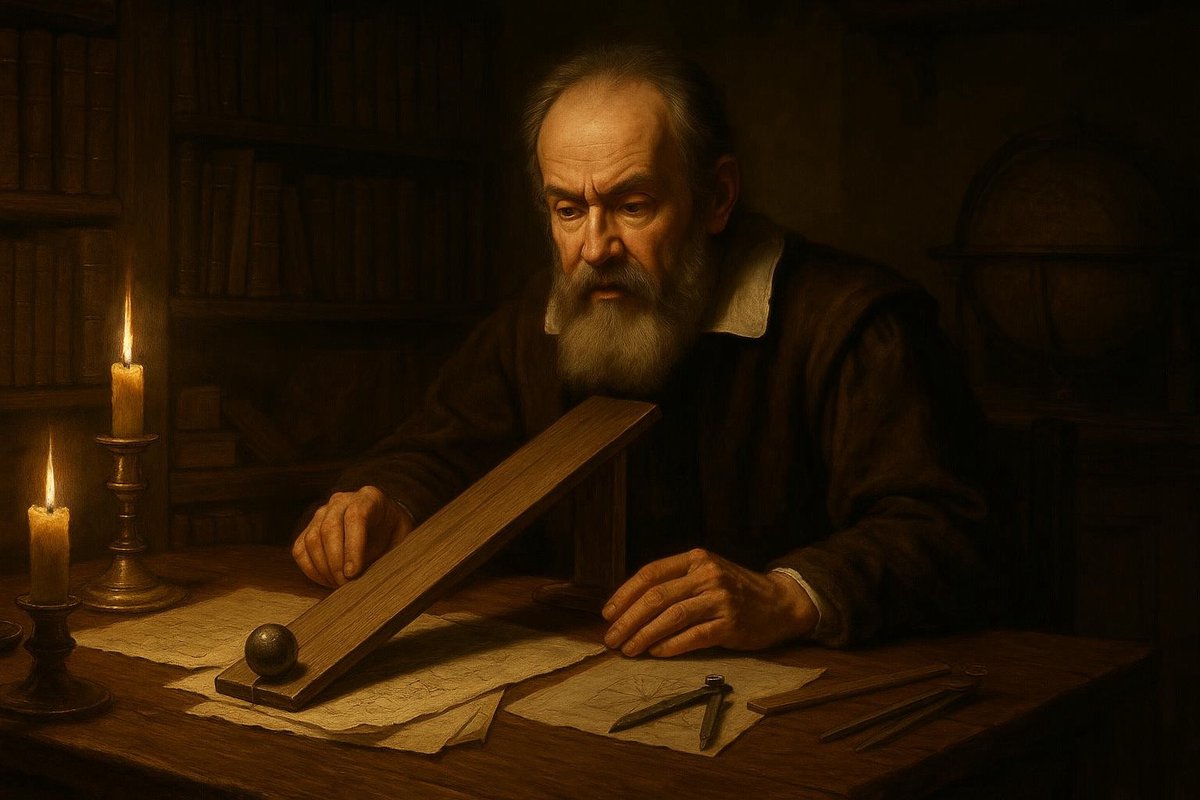
Early Influences: Where Curiosity Began
In the vibrant city of Pisa, Italy, during the late 16th century, a young Galileo Galilei was already captivated by the mysteries of motion and gravity. No wonder the son of a musician and a scholar, he was encouraged to think differently from the start. His early education, though initially focused on medicine, eventually steered him toward mathematics and physics — fields that would soon witness his transformative ideas. What was it about these early years that ignited his passion for understanding the natural world?
- Born in 1564, Pisa, Italy.
- Encouraged by his father to pursue mathematics.
- Transitioned from medicine to physics and mathematics.
Galileo’s intellectual style was deeply influenced by the Renaissance humanism of his time, which favored empirical evidence over traditional dogma. This was a period when the old ways of thinking were being questioned, and Galileo’s mind was ripe for innovation. As many people believe, the seeds of genius are sown early, and for Galileo, his early environment was a fertile ground for nurturing his inquisitive spirit.
Mental Models: The Birth of a Scientific Method
Galileo’s mind was like a well-calibrated instrument, keen on precision and repeatability. He was not satisfied with mere speculation; he wanted proof. His method of inquiry was revolutionary — he sought to test ideas through controlled experiments. The inclined plane was his laboratory, and his tools were simple yet effective: balls, ramps, and a keen sense of observation.
- Galileo devised experiments to measure acceleration.
- He employed an inclined plane to slow down motion, making observation more precise.
- His experiments demonstrated that objects accelerate at a consistent rate, irrespective of their weight.
Galileo’s use of the inclined plane allowed him to study the laws of motion with unprecedented accuracy. He meticulously recorded the time it took for balls to roll down the plane, collecting data that would underpin the laws of motion. Interestingly, his insistence on empirical evidence laid the groundwork for the modern scientific method. Was it any wonder that his work would echo through the centuries?
Challenges & Resilience: Defying Gravity and Tradition
Galileo’s pursuit of truth was not without its challenges. The prevailing Aristotelian view posited that heavier objects fall faster than lighter ones. But Galileo, with his experimental ingenuity, was about to turn that notion on its head. Of course, challenging centuries-old beliefs is never easy.
- Faced opposition from traditionalists adhering to Aristotelian physics.
- Used the inclined plane to question conventional wisdom.
- His findings sparked controversy and debate.
Galileo’s resilience in the face of opposition was remarkable. He was undeterred by the skepticism of his contemporaries and continued to gather evidence to support his claims. As time goes on, it becomes clear that such tenacity is a hallmark of scientific progress. Would science be where it is today without such fearless inquiry?
Legacy: The Inclined Plane’s Enduring Impact
Galileo’s inclined plane experiment was more than just a study of motion; it was a paradigm shift that influenced how we understand the natural world. His insistence on precision and repeatability has become a cornerstone of scientific practice.
- Galileo’s findings paved the way for Newton’s laws of motion.
- Emphasized the importance of controlled experimentation.
- Reframed the way science interacts with empirical data.
The legacy of the inclined plane experiment is profound. Galileo’s methods reshaped the scientific landscape, encouraging generations of scientists to value observation and evidence over speculation. It’s a testament to how a single experiment can alter the course of history; indeed, Galileo lit the path for modern science.
Fuel Someone Else’s Curiosity
Galileo’s journey of discovery reminds us of the power of curiosity and persistence. Share this story with others who might find inspiration in the tale of an experiment that changed everything. Who knows, it might just spark another scientific revolution!

Leave a Reply